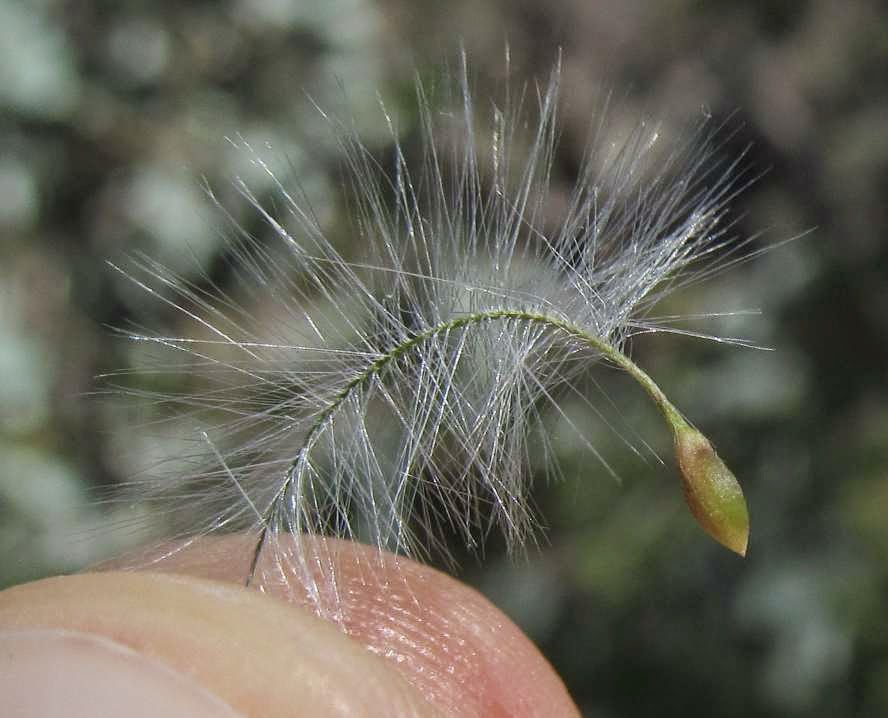(The following is the sixth part of a
series of posts on an Annals of the Missouri Botanical Garden
special issue on “Evolutionary Systematics and Paraphyly”. All
posts in this series are tagged with “that special issue”.)
Following an introduction and the
contributions of Lockhart et al., Hörandl, and George, the
fifth full paper in the special issue is Stuessy et al.'s
“Paraphyly and endemic genera of oceanic islands: Implications for
conservation”.
The main argument is quickly
summarised, and it has actually already been made before by the same
author, only then in a considerably more concise manner (Hörandl &
Stuessy, 2010). When new species arrive on oceanic islands via long
distance dispersal, in the most extreme cases as a single seed or a
single pregnant female, they may find themselves presented with many
new possibilities. Some selection pressures from their original
habitat may not exist on the island, and there may be unused niches
ready for the taking. The new arrivals also undergo a severe genetic
bottleneck, carrying only a small fraction of the genetic diversity
of the mainland population in themselves.
This means that island colonisers often
have the chance of undergoing spectacular adaptive radiations in a
short time. Echium and Sonchus in the Canary Islands,
fruit flies or the Silver Swords in Hawaii are just some examples. In
the words of Stuessy et al.,
Because of the speed of the divergence, it might be that the island genera are genetically not so divergent from the continental relatives, but they are usually very divergent morphologically, hence their recognition at the generic level.
So because they looked superficially
very distinctive after their adaptive radiation into new niches,
island lineages were traditionally often treated as genera distinct
from the mainland genera they evolved out of. With the advent of
phylogenetic systematics, however, they are sunk into these mainland
genera, so that these island lineages are not island-endemic genera
any more; they are just the island's representatives of the
widespread mainland genus.
So what? So, according to Stuessy et
al., this:
these actions could have a substantial effect on world island conservation.
This is, as far as I can see, as
explicit as the paper makes the argument for paraphyletic taxa, but
it is still clear what this is about. The idea is undeniably that one
should keep island endemic genera because they make a better sell for
conservation politics than mere endemic species.

































